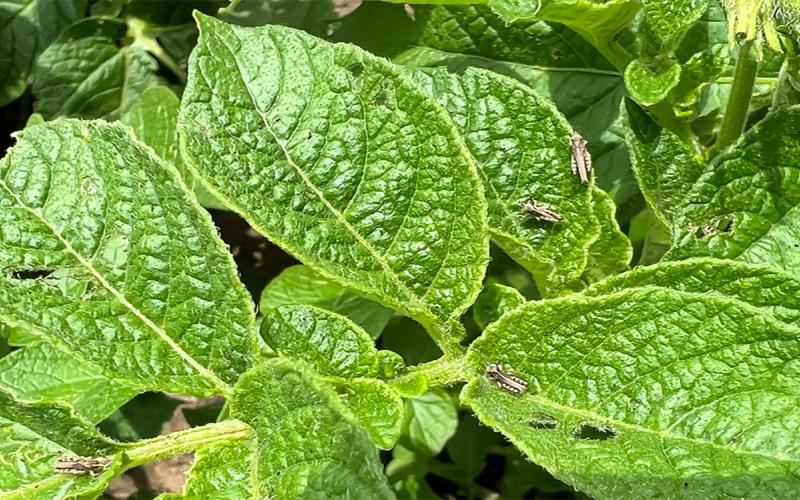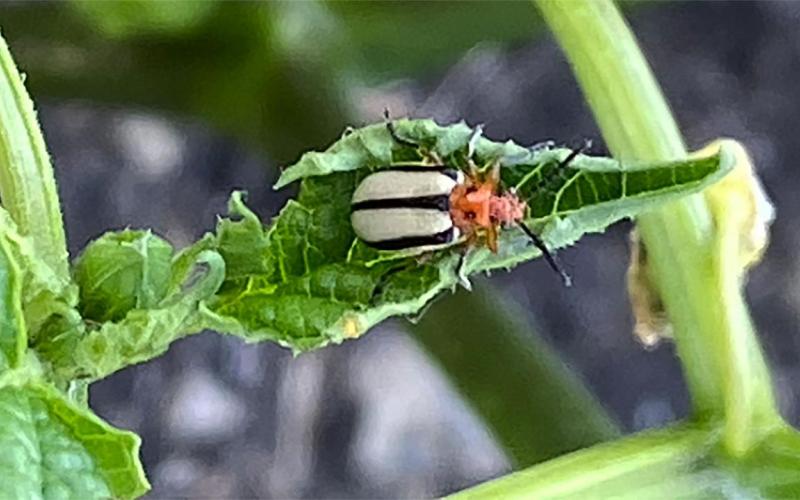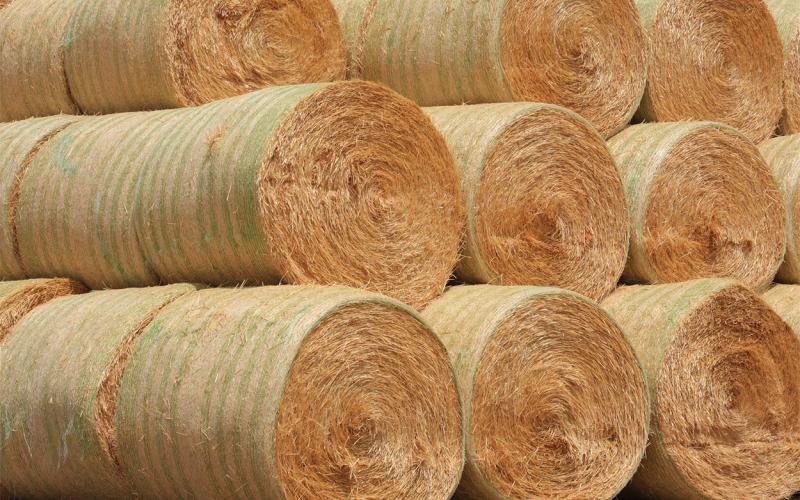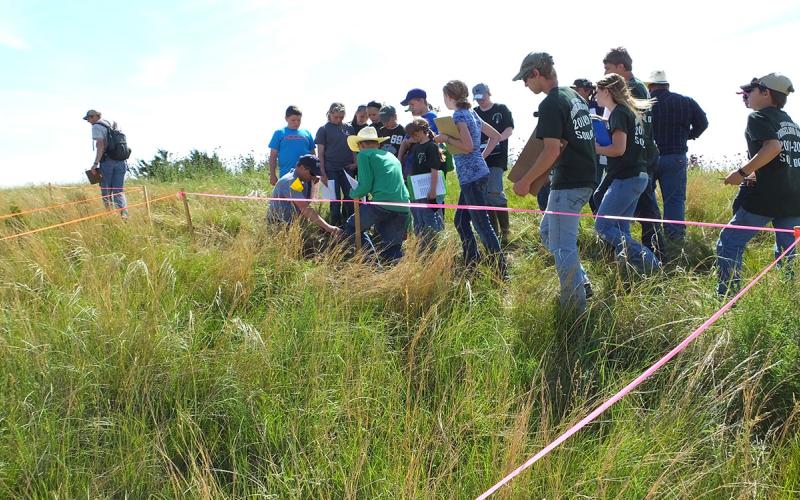Search

Grasshopper Populations Increasing in South Dakota
Large populations of grasshopper nymphs have been a common observation this year. One concern regarding these populations is that, as the season progresses and they continue to grow, they will need additional resources.

Active Leadership and Followership
Different cultures may each have their own slant on the traits and characteristics that add up to effective leadership but despite the differences, some commonalities do emerge.

Three-Lined Potato Beetles Are Eating My Tomatillos!
Three-lined potato beetles can cause issues in tomatillos, ground cherries, potatoes, and tomato plants Learn how to identify and manage them before they impact your garden produce.

Creative Placemaking
Creative placemaking can use arts, culture, and design to stimulate dialogue, promote economic development, and catalyze systemic changes that are essential to the development of communities.

Opportunities for Swath Grazing in South Dakota
Fact sheet on the opportunities for Swath Grazing in South Dakota

Cost-effective and Balanced Cow Rations
Before buying "cheap" feed, it is important to ensure that it will be cost-effective when creating balanced rations for the winter. Learn some things to consider before purchasing.

Stalk Grazing to Combat Volunteer Corn
Fall aftermath grazing by livestock, particularly cows, can dramatically reduce the amount of volunteer corn in the field. Learn some key benefits that stalk grazing can bring to your operation.

Tale of Two Watersheds
See the difference that cover crops and a no-till cropping system can have on watersheds when high winds and heavy rains impact our region. The difference in the amounts of run-off water is astounding!

South Dakota 4-H Announces 2022 State Scholarship Recipients
August 15, 2022
Ten South Dakota 4-H members have been selected as the 2022 South Dakota 4-H State Scholarship recipients.

38th Annual Rangeland and 17th Annual Soils Days Held in Murdo
August 15, 2022
SDSU Extension, along with the Jones County Conservation District and the South Dakota Natural Resources Conservation Service (NRCS), hosted the 38th Annual Rangeland and 17th Annual Soils Days June 14-15, 2022, in Murdo, South Dakota.